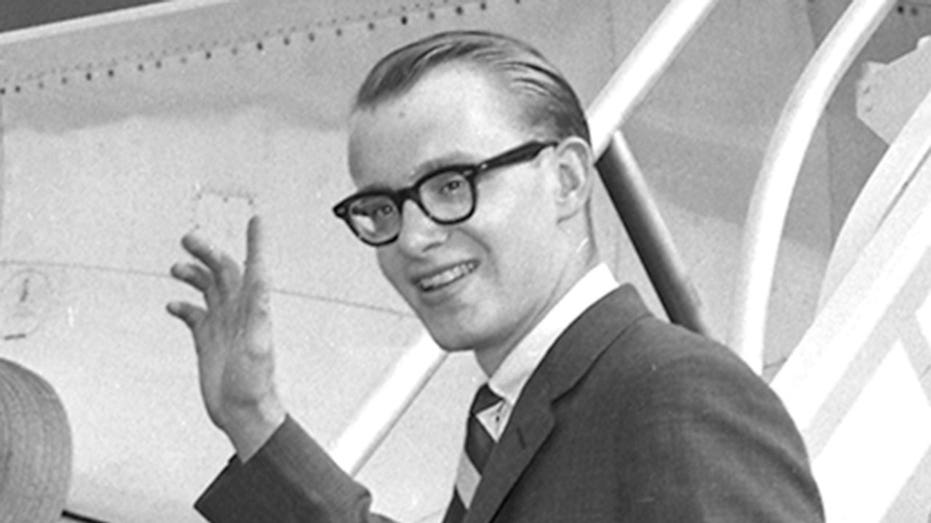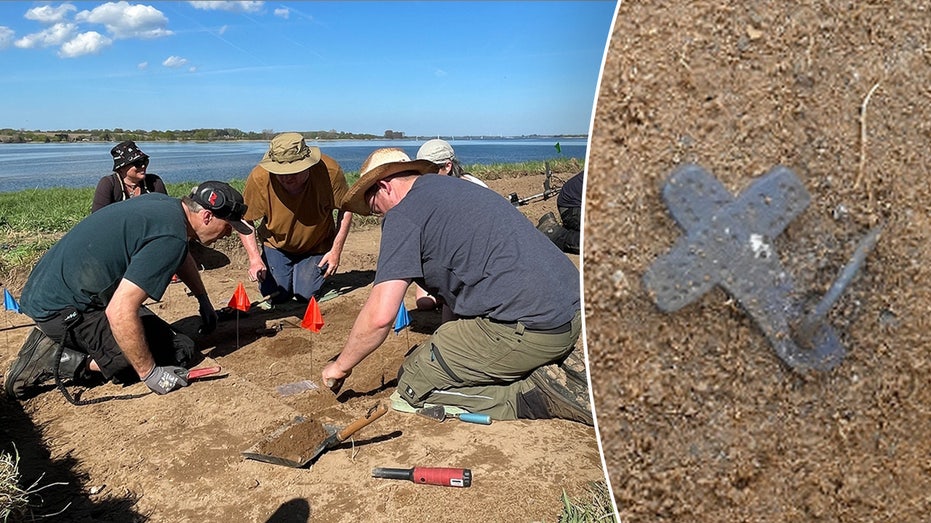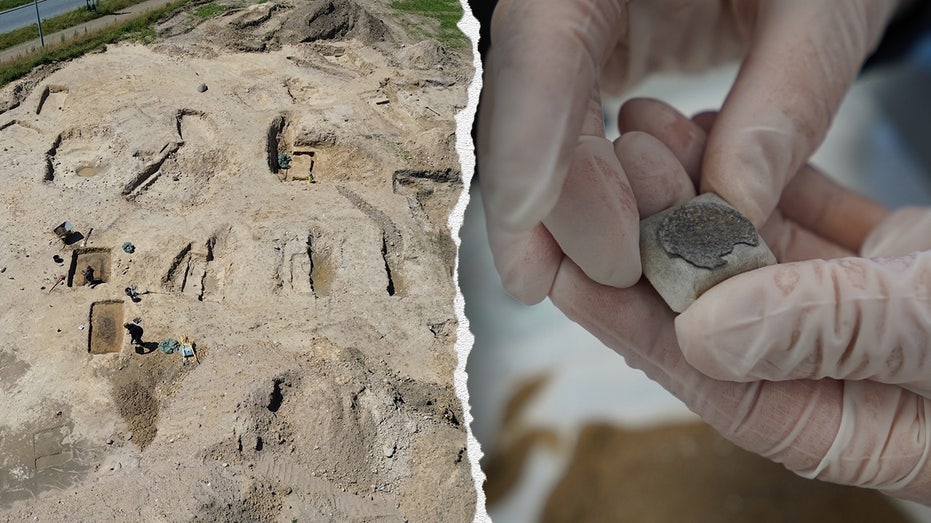Michael Rockefeller’s Eerie Disappearance in Tribal Waters Still Haunts After 60 Years

Sarah Johnson
June 29, 2025
Brief
Michael Rockefeller vanished in 1961 off Dutch New Guinea. Was it drowning, a predator, or the Asmat tribe? His eerie mystery endures.
More than six decades ago, a young heir to one of America’s most iconic fortunes disappeared into the murky waters off a remote island, leaving behind a haunting mystery that still captivates us today. Michael Rockefeller, just 23 and brimming with ambition, vanished while on a daring expedition in Dutch New Guinea, a land inhabited by the Asmat people—artistic geniuses known for their intricate woodcarvings and, chillingly, their spiritual practices of headhunting and cannibalism.
As the youngest son of then-New York Governor Nelson Rockefeller, Michael was driven by a passion for indigenous art. Fresh out of Harvard, he embarked on a months-long journey to collect pieces for the Museum of Primitive Art. But in 1961, tragedy struck. While navigating rough seas with anthropologist René Wassing, their catamaran overturned. Clinging to the wreckage for over 24 hours, Michael made a fateful decision. With the words, “I think I can make it,” he strapped empty gas cans to his waist and swam toward shore for help. He was never seen again.
Despite a two-week search by Dutch authorities, no trace of the young adventurer was found. Theories abound—did he drown in the treacherous currents? Was he taken by a shark or crocodile? Or, as the most chilling speculation suggests, did he meet a darker fate at the hands of the Asmat? Author Carl Hoffman, who chronicled this enigma in Savage Harvest, uncovered unsettling accounts from local priests. They heard whispers that men from the village of Ochenep encountered an exhausted Rockefeller at the river’s mouth, killed him, and performed sacred rituals to restore spiritual balance. These rumors, reportedly known to the Rockefeller family, were quietly buried by Dutch officials.
Yet, amid the unanswered questions, Michael’s legacy endures. The Michael C. Rockefeller Wing at New York’s Metropolitan Museum of Art stands as a tribute, showcasing the very Asmat sculptures he sought to preserve—a poignant reminder of a culture both beautiful and brutal. Hoffman notes the profound complexity of the Asmat, whose art offers a raw glimpse into the human psyche, challenging our notions of the ‘primitive.’
Will we ever know what truly happened to Michael Rockefeller? Perhaps not. But his story—a blend of courage, curiosity, and tragedy—continues to echo, much like the ocean waves that swallowed his final moments.
Topics
Editor's Comments
Here’s a mystery deeper than the waters Michael swam in. Did he really think he could outswim fate—or a hungry crocodile? And if the Asmat did get him, I bet they carved a pole just to say, ‘Thanks for dropping by!’ What’s hidden in those tribal whispers is juicier than any museum exhibit.
Like this article? Share it with your friends!
If you find this article interesting, feel free to share it with your friends!
Thank you for your support! Sharing is the greatest encouragement for us.



